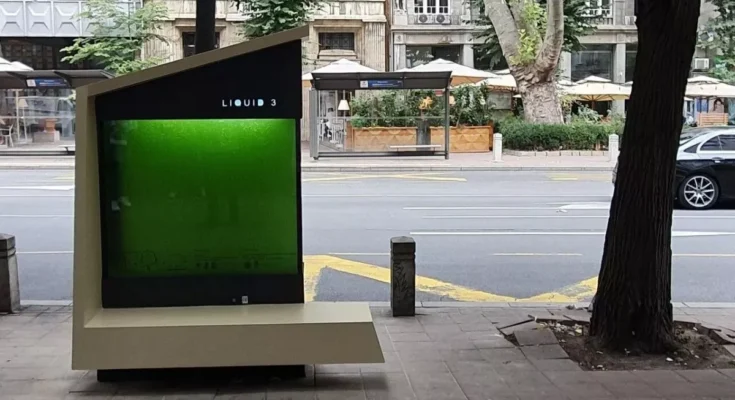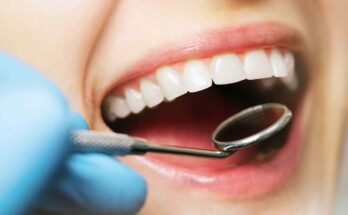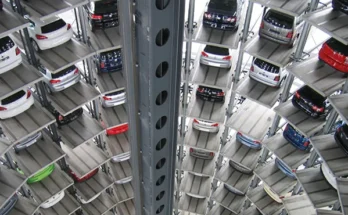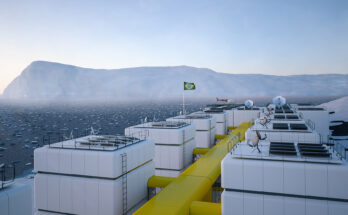In a groundbreaking initiative to combat urban air pollution, Serbian scientists have developed an innovative solution called the “liquid tree.” This novel technology, officially named LIQUID 3, represents Serbia’s first urban photo-bioreactor and has been installed in one of Belgrade’s busiest areas, in front of the Municipality of Stari Grad in Makedonska Street.
The timing couldn’t be more crucial for Belgrade, which ranks as Serbia’s fourth most polluted city, largely due to emissions from two nearby coal power plants. These facilities are so problematic that they made it onto the 2019 Health and Environment Alliance’s list of Europe’s ten dirtiest plants.
The severity of Serbia’s pollution crisis is stark – the country has the highest pollution-related death rate in Europe, with 175 deaths per 100,000 people, as reported in 2019 by the Global Alliance for Health and Pollution.
Dr. Ivan Spasojevic, Ph.D. in Biophysical sciences from the Institute for Multidisciplinary Research at the University of Belgrade, led the development of this innovative solution. The system consists of a 600-liter water tank containing microalgae that perform photosynthesis, binding carbon dioxide and releasing pure oxygen.
What makes this technology particularly impressive is its efficiency – as Dr. Spasojevic explains: “The microalgae replaces two, 10-year-old trees or 200 square metres of lawn… The advantage of microalgae is that they are 10 to 50 times more efficient than trees.”
The system’s practicality extends beyond its air-purifying capabilities. As Bojan Bojić, head of the Department for Social Affairs and Development Projects in Stari Grad, points out: “The project is designed to be multifunctional. LIQUID3 is also a bench, it has chargers for mobile phones, as well as a solar panel, thanks to which the bench has lighting during the night.”
Maintenance of the liquid tree is remarkably straightforward. The system uses single-celled freshwater algae native to Serbian ponds and lakes, which can thrive in ordinary tap water and withstand temperature extremes. It only requires attention every six weeks to remove excess biomass – which can be repurposed as fertilizer – and replenish the water and minerals.
The innovation comes at a critical time for Serbia’s urban areas. According to Ms. Francine Pickup, UNDP Resident Representative in Serbia, cities generate approximately 75% of global CO2 emissions, primarily from traffic and building climate control. With 59% of Serbia’s population residing in urban areas – a number that continues to grow – traditional solutions like planting trees face significant space constraints.
The LIQUID 3 project has already gained international recognition, securing a spot among the top 11 innovative and climate-smart solutions awarded by the Climate Smart Urban Development project, a joint initiative of the UNDP, Serbia’s Ministry of Environmental Protection, and the Global Environment Facility.
While the liquid tree isn’t meant to replace traditional forestation efforts, it offers a practical solution for dense urban environments where planting natural trees isn’t feasible. The technology showcases how innovative thinking can address modern environmental challenges, particularly in cities where pollution levels can become so severe that residents can see, smell, and even taste it during winter months.
This Serbian innovation represents a significant step forward in urban air quality management, demonstrating how biotechnology can help cities adapt to growing environmental challenges while making efficient use of limited urban space.



